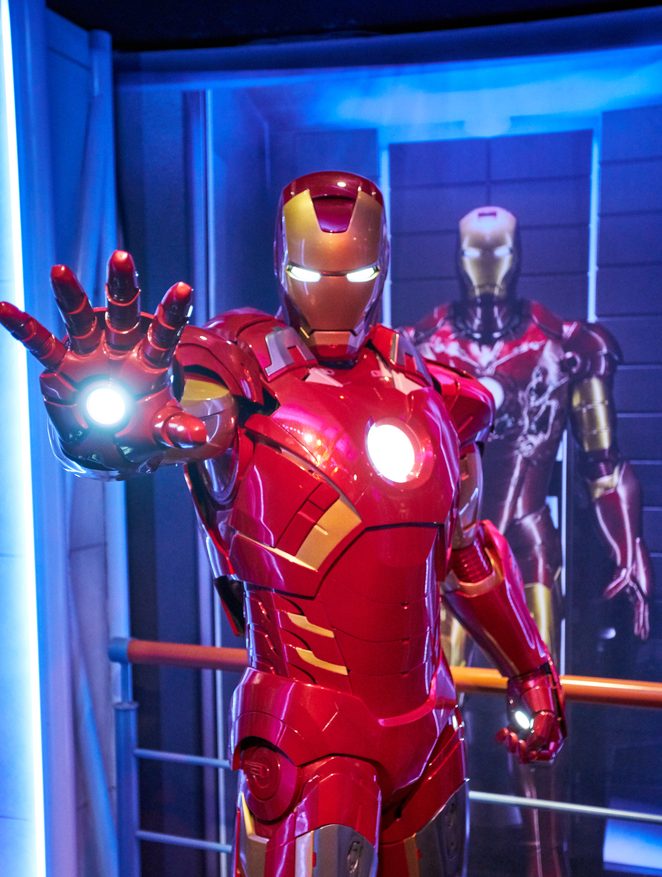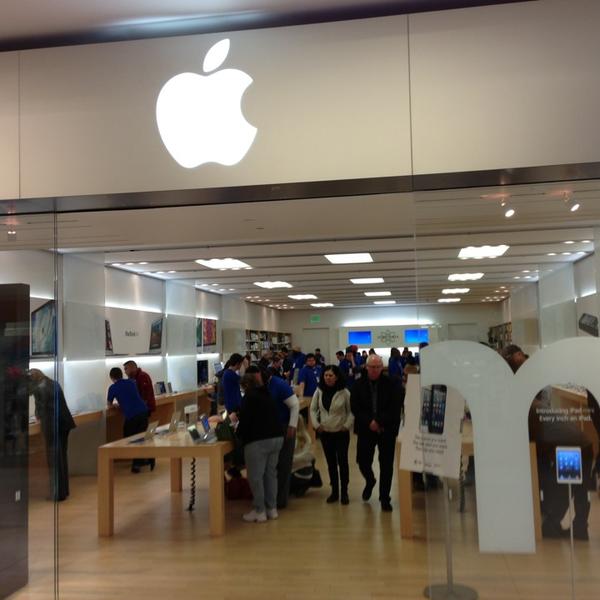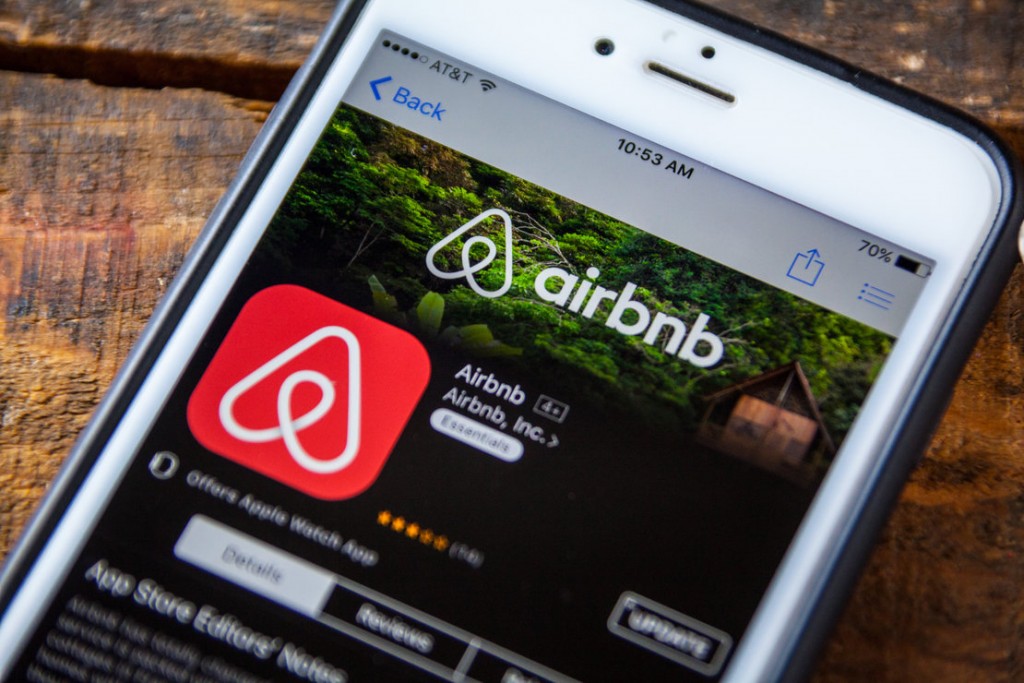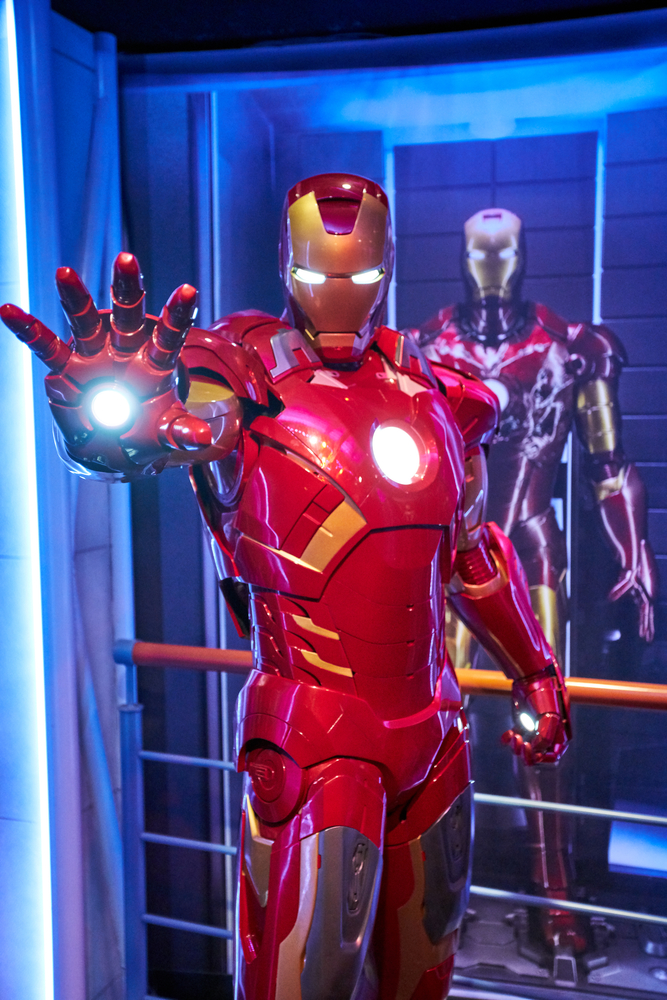There are companies throughout history that have broken all the boundaries of advertising and branding. Their tactics were out of this world. They analyzed their market and perfectly executed their message in direct and indirect ways. They changed the way their business operated if it didn’t work and strived through economic problems. They are inspiring and we can learn a lot from them. Marketing isn’t easy. This is something you know if you have your own business. If you spend money on search engine ads or social media campaigns, you want your message to reach the right people and turn into profit.
You may have found that your business has floundered during certain times. Again, there are companies that have defied the norm by overcoming obstacles. Here are some of the best entrepreneurial tactics from big companies throughout history.
1. Coca Cola: Creating Liquid Content
Coca Cola reigns supreme and many companies have tried to become a part of the American culture like they did. They have been a part of popular culture for over a century. They have mastered the art of communicating with their audience and standing out above other beverage companies. Their mission statement is this:
To refresh the world
To inspire moments of optimism and happiness
To create value and make a difference
Do you have a great mission statement that you stay true to with every bit of branding you create? They create content that is so contagious, there is no control over it. This is known as “liquid content.” When it comes to social media, they make it possible for people to share their photos and ideas. They create content that people want to share. You’ll want to know what your customers’ interests are in order to capture them with this kind of marketing. When you publish something on Twitter and Facebook, make sure to also engage with whatever conversation may arise.
Taking marketing risks is another thing Coca Cola does. Only a percentage, however. The rule of thumb is that 70% of content should be low risk. Then 20% of your content should feed off the 70%. You can stand to do 10% of high-risk ideas. Even if they fail, your overall percentage will keep you successful.
2. Apple: Design and Simplicity
Apple is one of the most iconic companies in history. This is especially true because of the trials and tribulations they experienced along the way. Competing with PCs was ineffective for a long time. In 1997, the company was almost bankrupt. Their sales were low, and nobody was really interested in the product. They didn’t stand out in any way whatsoever. In walks Steve Jobs and revolutionized the company. He changed how the world saw Apple computers. A brand strategy was created that the masses could no longer ignore.
They made Apple look pretty in a simple way which aligned with the brand values. The products became innovative, and people got really excited about their release. The iPod and iPhone were major keys to their success. This made their original computer even more in demand.
Apple was the first to create an easy interface for everyone. Not just computer geeks who could decipher code. Apple sold this vision and made it a household name that everyone could relate to. They made potential customers believe that Apple products would improve your life and make things easier. They delivered this promise through their products, and their reputation grew. Simplicity and innovation are in everything Apple does. This includes their products, what they produce, and the customer service experience.
This begs the question, what does your brand and company stand for? Do you know what your core values are, and do you keep it in the forefront with everything you do?
Air BnB: Belonging Anywhere
Air BnB was founded by two people. It was originally called Airbed and Breakfast. With a casual feel, they started with the idea of paying to stay on an air mattress at somebody’s home. As it grew, they rebranded the company. They did an “in-depth immersion process” that included four different people who would make up their rebranding team. They visited a bunch of different cities and stayed with various Air BnB hosts. They recorded their experiences in-depth as the host or the guest, which gave them the ability to see what Air BnB meant. The meaning of the company was then derived which was “Belonging Anywhere.”
That slogan really says something, as many times, there have been places people won’t visit because it seems out of reach. Not everyone can find an affordable hotel in Monaco, let’s face it. With their message, Air BnB changed how they communicated, their website, logo, and voice of the brand. Air BnB has given people the opportunity to “host” people from all over the world in the city they live. This is something that didn’t happen before. There are also experiences that hosts will offer. They can be anything from cooking classes to a city tour. Their motto “Belonging Anywhere” would have been the inspiration for this idea.
Air BnB has listened to what people want, both as guests and hosts. They also offer business accommodations. People who are coming to a place on business have different needs. A host would have to have certain attributes to be approved by Air BnB, so business travelers could book soundly. All of these were new ideas that were a part of their rebranding strategy. Today, Air BnB has booked over a million experiences and there are 260 million home and vacation rentals that have poured through the site.
You hear it when anyone travels, “I’ll just book Air BnB.” They say it with no stress in their voice because they know they can jump on, book at a moderate price, and know that they’ll be taken care of. This is something the company worked hard to achieve, and they did so masterfully. Market research is essential. Analyze it, and make it count in real terms.
LEGO: Allowing Customer to Create their Own World
Lego has been around for decades. A Danish toy-maker started making them and they were instantly popular. Kids and adults alike love Lego, and always have. It’s a part of everyone’s childhood. They have had competition with other companies that have created block toys. They have also had to compete with the digital world. Kids would rather play video games than create something with their hands nowadays. Growing children, like toddlers still love Lego and the company is very successful today despite setbacks in the past.
In the 90’s, Lego was close to bankruptcy. They re-evaluated their business, and this is what has allowed them to be as successful as they are today. That re-evaluation and action taking has pulled them through another three decades. The company recognized that the bricks were what gave Lego its success. There was the idea by current chief executive Jørgen Vig Knudstrop to focus on that. That kids could create their own worlds and imaginations out of the bricks.
Lego to him was about being creative and innovative with design, no matter what your age. He decided to get rid of ancillary toy products, instead focusing on what he knew worked, the simplicity of the bricks alone. Rebuilding began, and their hard work paid off. They have sold 62 billion Lego elements as of last year. To keep in alignment with the times, Lego offers this generation digital offerings. This includes the incredibly popular Lego movies.
Yes, Lego rebranded, and this proved how doing so could change their success and turn everything around. When you’re nearly bankrupt, you don’t have the money to make a mistake. It’s important to really process what needs to be done, what is still working, and highlight that. Lego saw the problem and made changes quickly. For Lego and for many companies, they needed to get rid of products that weren’t the core of their brand. They kept what has always worked and nurtured that. Doing a brand audit allows you to figure out your rebranding strategy.
Old Spice: Appealing to the Right Customers
Old Spice wildly transformed itself. It was an incredible feat, and is said to be the most viral rebrand that’s ever taken place. Their ad campaign got noticed right away, and gave them a new face. What was once considered scents for old men became new scents for young, hip guys. Using a pro football player as the spokesman helped a lot. It was a simple but effective approach that immediately appealed to younger audiences.
Online views came in the millions. When the commercials were released with the rebranding, Old Spice saw an 11% increase that year with their body wash. The product was exactly the same, but their rebranding strategy captured a new market.
Are you appealing to the right customers with your marketing strategies? If not, how will you reach them? What will your message look like? It should be very strategic and intentional when you look to change who buys your products.
IBM: Go Global and Don’t Hold on to the Past
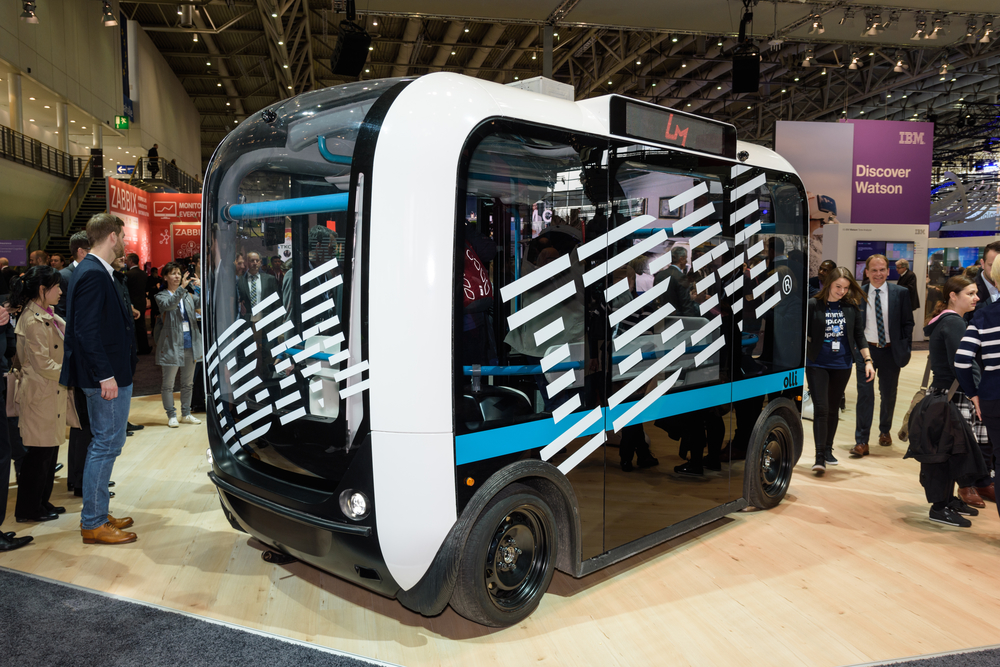
Hannover, Germany – March 22, 2017: Self-driving bus Olli on the IBM booth at the CeBIT 2017. CeBIT is the world’s largest trade fair for information technology.
IBM is a very old company but has changed its face and products many times. It was founded in 1911, before computers were even a twinkle in our eye. IBM stands for International Business Machines Corporation. It is currently the best known computer company. Its origins were the business of computing, tabulating, and recording (C-T-R) in the late 1800’s. The company grew under Herman Hollerith and at the beginning of the 1920’s, the name changed to IBM. That’s the old history. It managed to stay afloat and do well until the beginning of the 1990’s. They experienced the biggest loss in the history of corporate America. They lost $8 billion.
Their customers abandoned them and business publications called the company a dinosaur. Everyone believed their time had passed. The company didn’t quit, despite the pain of the process. Now, back on top, IBM speaks on what mattered and what they learned from nearly going bankrupt.
IBM suggests that your business be global. Rules have changed, so it’s important to stay on top of this. They didn’t hold onto old models. They changed with the times to get the company back to where it is today. If you stay the same, it can lead to so much discrepancy, you can’t see where the problem lies. Remain aware, streamline, and stay efficient. Analyze your performance all the time, and make adjustments when it’s not working.
IBM created many small IBM companies around the world. IBM Canada, IBM France, etc., all had their own methods of doing things that worked within their country. How they deliver and manage their own profit-and-loss statements. They have their own HR departments and financial systems. This helped to make them as relevant as possible. Even if you’re global, retaining a local vibe helps to make a company more trustworthy.
Marvel Comics: Redefine Yourself
Marvel Comics had a steady business when paperback comics were at the height of their popularity. They went bankrupt and were looking to change their game. They had a lot of long-time characters we could all relate to, but nobody was interested in reading about them anymore. Bringing these characters to life on the big screen made them once again more interesting. With the incredible technology, it was easy to create characters that were out of this world. One might even say Colossal, right?
This is a great example of how a company leveraged a once popular idea. Now each movie is a blockbuster franchise in the movie business. They started with Howard the Duck in the mid 80’s, but this didn’t work. They continued to strive and try to find the right recipe. In the late 90’s, they got licensing deals for some of the big characters. Movies such as Spider-Man, X-Men, and Blade were highly successful. The company did more to bring themselves back. They started their own studio and it worked. Their movies are only getting grander and making more money. They have built a new reputation for themselves. They had to move with shifts and changes, never giving up hope that it would work.
Conclusion
These are just some examples of companies that do great work. Coca-Cola created their own culture that people followed by having their hands on the pulse. They also used various tactics, some cautious and some risky. Then you have the companies that changed and shifted with the times such as IBM. Even when these great businesses were going under, they didn’t stop pushing forward. This has a lot to do with the mindset of a company which is the foundation of keeping your head together amongst adversity. We can learn a lot from what these incredibly successful brands have done for themselves. While you might not be a multi-million or billion dollar corporation, these tactics can work for everyone.


